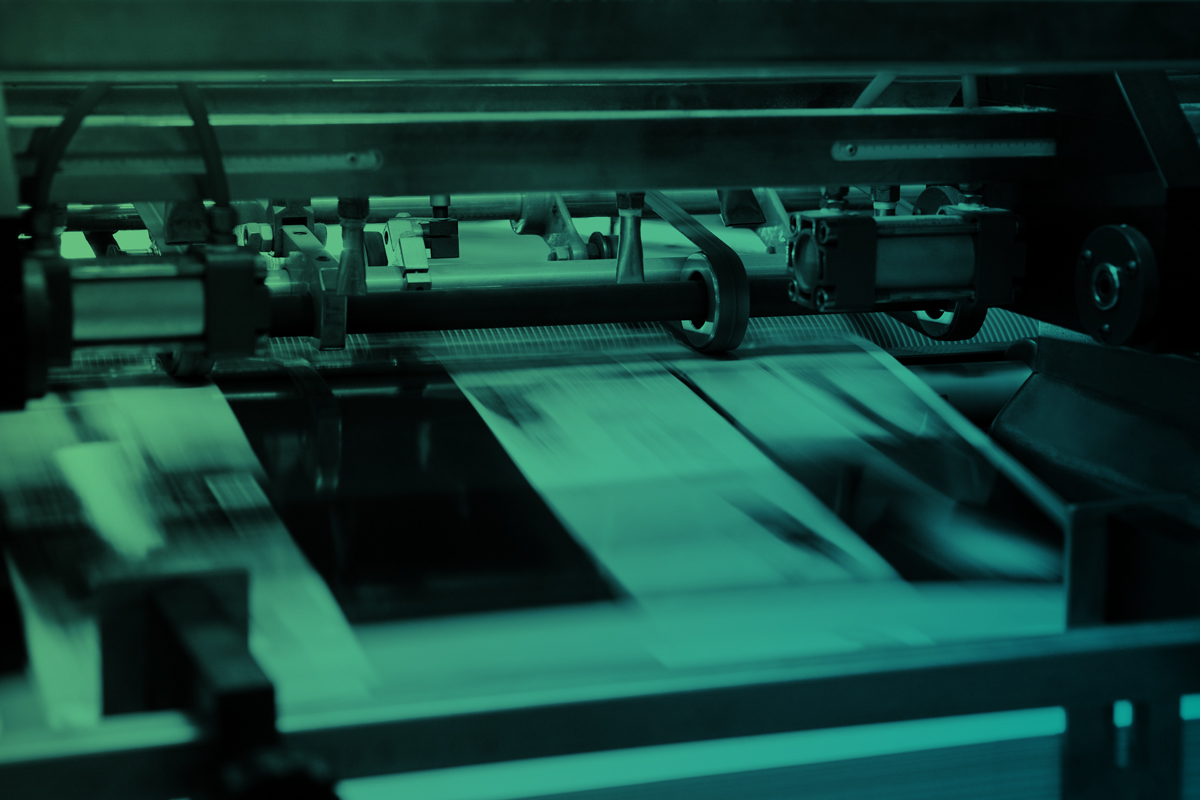In recent years, the printing industry has witnessed a significant shift towards more sustainable practices. One of the most promising advancements is zero waste canvas printing. This innovative approach not only reduces environmental impact but also aligns with the growing demand for eco-friendly solutions. As businesses and individuals increasingly prioritize sustainability, understanding the benefits and processes of zero waste canvas printing becomes essential.

Understanding Zero Waste Canvas Printing
Zero waste canvas printing is a method that aims to minimize waste throughout the printing process. Traditional printing methods often produce a significant amount of waste, from paper scraps to excess ink. In contrast, zero waste canvas printing focuses on using materials efficiently and recycling any byproducts. This not only conserves resources but also reduces the carbon footprint of the printing process.
Why is Zero Waste Canvas Printing Important?
The importance of zero waste canvas printing cannot be overstated. With growing environmental concerns, industries are under pressure to adopt sustainable practices. By implementing zero waste strategies, the printing industry can significantly reduce its environmental impact. This approach not only aligns with global sustainability goals but also enhances a company’s reputation as an environmentally responsible entity.
Key Benefits of Zero Waste Canvas Printing
Environmental Impact
One of the primary benefits of zero waste canvas printing is its positive impact on the environment. By reducing waste, conserving resources, and minimizing emissions, this method contributes to a healthier planet. It also supports the circular economy by encouraging the reuse and recycling of materials.
Cost Efficiency
Implementing zero waste canvas printing can lead to significant cost savings. By optimizing resource use and reducing waste, businesses can lower material costs and improve operational efficiency. Additionally, companies that adopt sustainable practices may qualify for tax incentives and other financial benefits.
Enhanced Brand Image
In today’s market, consumers are increasingly drawn to brands that demonstrate environmental responsibility. By adopting zero waste canvas printing, companies can enhance their brand image and appeal to eco-conscious consumers. This can lead to increased customer loyalty and a competitive edge in the market.
How to Implement Zero Waste Canvas Printing
Choose Sustainable Materials
To implement zero waste canvas printing, start by selecting sustainable materials. Opt for recycled or biodegradable canvases and use eco-friendly inks. This not only reduces waste but also ensures that the final product is environmentally friendly.
Optimize Printing Processes
Efficiency is key to zero waste canvas printing. Streamline your printing processes to minimize waste and energy consumption. This can be achieved through advanced technologies and careful planning.
Recycle and Reuse
Recycling and reusing materials is a crucial aspect of zero waste canvas printing. Implement a system to collect and recycle printing byproducts, such as ink cartridges and canvas scraps. This supports the circular economy and further reduces environmental impact.
Challenges and Solutions
Initial Costs
One of the challenges of adopting zero waste canvas printing is the initial investment in sustainable materials and technologies. However, these costs are often offset by the long-term savings and benefits of reduced waste and increased efficiency.
Technological Limitations
While technology is advancing, there may be limitations in the availability of eco-friendly printing solutions. To overcome this, businesses can collaborate with technology providers to develop customized solutions that meet their specific needs.
The Future of Zero Waste Canvas Printing
The future of zero waste canvas printing looks promising, with continued advancements in technology and increased awareness of environmental issues. As more businesses adopt sustainable practices, the demand for zero waste solutions will likely grow, leading to further innovation and collaboration within the industry.
For more insights and tips on reducing waste in printing, visit Tips to Reduce Waste When Printing.
Conclusion
In conclusion, zero waste canvas printing represents a significant step forward in the pursuit of sustainability within the printing industry. By understanding its benefits and implementation strategies, businesses can make informed decisions that align with their environmental goals and enhance their market position. As we move towards a more sustainable future, zero waste canvas printing will undoubtedly play a crucial role.

FAQs on Zero Waste Canvas Printing
What materials are used in zero waste canvas printing?
Zero waste canvas printing primarily uses recycled or biodegradable canvases and eco-friendly inks. These materials help reduce waste and minimize environmental impact.
How can businesses benefit from zero waste canvas printing?
Businesses can benefit from zero waste canvas printing through cost savings, enhanced brand image, and reduced environmental impact. This approach also aligns with consumer demand for sustainable practices.
Are there any challenges in adopting zero waste canvas printing?
Yes, challenges include initial costs and technological limitations. However, these can be addressed through strategic planning and collaboration with technology providers.
This article contains affiliate links. We may earn a commission at no extra cost to you.







